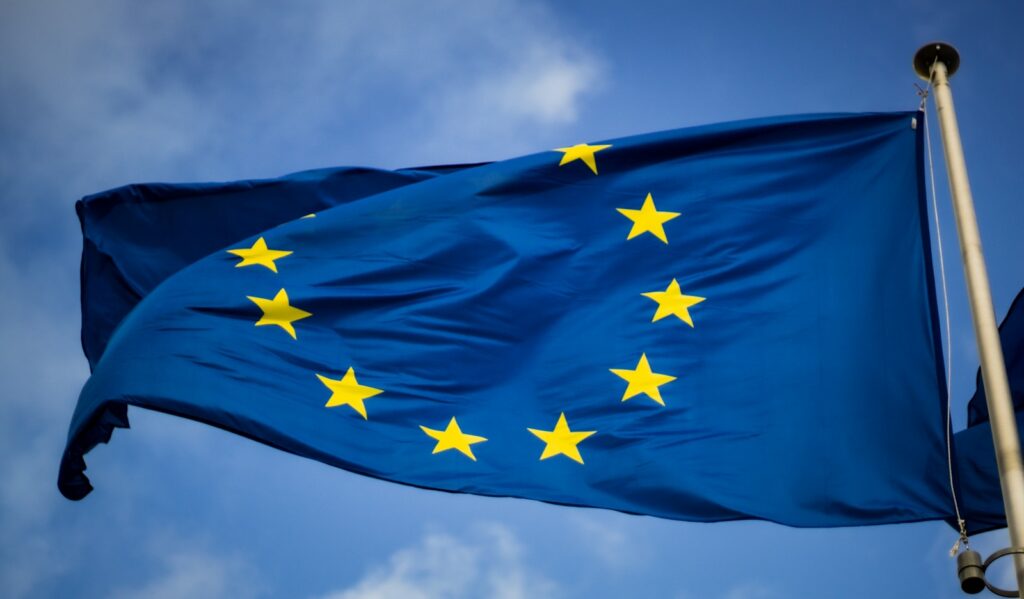The European Union has been at the forefront of addressing environmental challenges and promoting sustainable development. Two significant initiatives that illustrate this commitment are the European Green Deal and the revision of the Common Agricultural Policy (CAP). These measures aim to make Europe the first climate-neutral continent by 2050 and to ensure that agriculture contributes effectively to this goal.
The European Green Deal
Launched in December 2019, the European Green Deal is an ambitious package of measures that aim to make the EU’s economy sustainable by turning climate and environmental challenges into opportunities across all policy areas. It sets out a roadmap for achieving climate neutrality by 2050, including a 50-55% cut in greenhouse gas emissions by 2030 compared to 1990 levels.
The Green Deal covers a wide range of policy areas from energy, agriculture, and bioeconomy to circular economy, pollution, and biodiversity. It includes initiatives such as the Biodiversity Strategy for 2030, the Farm to Fork Strategy, and the European Climate Law. Each of these initiatives plays a crucial role in the overall framework of the Green Deal, aiming to protect natural habitats, ensure a sustainable food system, and legally bind the EU to its climate neutrality goal.
One of the pivotal elements of the European Green Deal, the Just Transition Mechanism (JTM), reflects the European Union’s commitment to a fair and inclusive transition to a green economy. Recognizing that the shift towards sustainability can have uneven impacts across different regions and sectors, the JTM aims to ensure that no one is left behind in the EU’s ambitious journey towards climate neutrality by 2050. This mechanism is particularly focused on providing support to regions that are heavily dependent on high-carbon industries, such as coal, peat, and oil shale, or those with high greenhouse gas emissions sectors, ensuring they can transition smoothly to a green economy.
The Just Transition Mechanism is multifaceted, consisting of three main pillars designed to mobilize at least €150 billion of funding over the period 2021-2027. The first pillar is the Just Transition Fund, which directly supports workers and communities affected by the transition, financing job re-skilling, and helping small businesses to create new economic opportunities. The second pillar involves a dedicated just transition scheme under InvestEU, aiming to attract private investments in these regions for projects that might otherwise be considered too risky. The third pillar provides public sector loan assistance from the European Investment Bank, backed by the EU budget, to support economic diversification and the transition to clean energy.
The JTM is not just about mitigating the negative effects of transitioning away from fossil fuels; it’s also about seizing new opportunities. By fostering innovation and investing in sustainable technologies, it aims to create quality jobs in emerging green sectors, improve energy efficiency, and reduce health costs by cutting pollution. Moreover, the mechanism is designed to enhance access to training and education, ensuring that the workforce is equipped with the skills needed for the future green economy.
Implementing the Just Transition Mechanism requires a collaborative approach, involving local and regional authorities, social partners, businesses, and community organizations. This ensures that the support is tailored to the specific needs of each region, making the transition as smooth and equitable as possible.
The JTM exemplifies the EU’s holistic approach to environmental policy, acknowledging that economic and social policies must be interwoven with climate actions to achieve true sustainability. As Europe moves towards its 2050 climate neutrality goal, the Just Transition Mechanism stands as a testament to the EU’s pledge that the green transition will be just and inclusive, leaving no person or region behind.
The Revision of the Common Agricultural Policy (CAP)
Agriculture plays a vital role in the EU’s economy and environment, making the revision of the Common Agricultural Policy (CAP) a crucial aspect of achieving the objectives of the European Green Deal. The CAP is one of the EU’s oldest policies, designed to support farmers and ensure a stable supply of affordable food. However, with the urgent need for environmental action, the CAP has been revised to better align with the goals of the Green Deal.
The revision of the Common Agricultural Policy (CAP) for the period 2023-2027 introduces significant changes to align with the European Green Deal’s objectives and address the pressing challenges of sustainability and climate change. Here are the main revisions in the CAP:
Enhanced Environmental Ambitions: The new CAP incorporates more ambitious environmental and climate-related objectives. It aims to make European agriculture more sustainable by promoting practices that contribute to environmental care, climate change mitigation, and biodiversity preservation.
New Delivery Model: A shift towards a more flexible delivery model gives EU member states greater autonomy in how they achieve the CAP’s objectives. This model requires countries to draft strategic plans, which the European Commission must approve, detailing how they will meet the EU-wide goals.
Conditionality and Eco-schemes: The introduction of enhanced conditionality links direct payments more closely to environmental and climate practices. Additionally, eco-schemes are a new instrument designed to reward farmers who adopt or maintain practices beneficial for the climate and the environment.
 Focus on Small and Young Farmers: There’s a renewed emphasis on supporting small-scale and young farmers to ensure generational renewal in agriculture. This includes increased funding opportunities and incentives for young people to enter the agricultural sector.
Focus on Small and Young Farmers: There’s a renewed emphasis on supporting small-scale and young farmers to ensure generational renewal in agriculture. This includes increased funding opportunities and incentives for young people to enter the agricultural sector.
Fairer Income Support: The revised CAP aims to distribute EU support more fairly, including capping the maximum amount of direct payments that large farms can receive and redistributing savings to smaller farms.
Greater Emphasis on Innovation and Digitalization: Encouraging the use of innovative technologies and digital tools in agriculture to improve sustainability, efficiency, and productivity. This includes support for precision farming, sustainable energy, and the bio-economy.
Strengthened Rural Development: Enhanced support for rural development projects that contribute to the social, economic, and environmental vitality of rural areas. This involves investments in infrastructure, community-led local development, and the creation of new economic opportunities.
Flexibility in Crisis Response: The new CAP provides mechanisms for better crisis management and risk management, allowing for more rapid and flexible responses to market instability, climate disasters, or public health emergencies affecting the agricultural sector.
The new CAP, which will be implemented from 2023 to 2027, focuses on sustainability, innovation, and fairness. It introduces a new delivery model that gives EU countries more flexibility in how they meet the ambitious objectives of the Green Deal. This includes supporting farmers in the transition to more sustainable practices, promoting organic farming, and enhancing biodiversity.
Environmental and climate measures are at the heart of the new CAP. It sets specific targets for reducing greenhouse gas emissions, improving water and soil management, and increasing biodiversity. The CAP also aims to support young farmers and rural development, recognizing the importance of vibrant rural areas for the EU’s future.
Challenges and Opportunities
While the European Green Deal and the revised CAP represent significant steps forward in the EU’s environmental and agricultural policies, they are not without challenges. Implementing these ambitious measures requires substantial investment, innovation, and cooperation across all levels of government, industry, and society.
One of the main challenges is balancing the need for environmental sustainability with economic growth and social equity. The transition to a green economy must be fair and inclusive, providing opportunities for all sectors of society. This includes ensuring access to green jobs, supporting industries in transition, and protecting vulnerable communities.
However, these initiatives also offer significant opportunities. By leading the way in green technologies and sustainable practices, the EU can drive innovation, create new jobs, and strengthen its global competitiveness. The focus on sustainability can also improve public health, preserve natural resources, and enhance the quality of life for all Europeans.
Conclusion
The European Green Deal and the revision of the Common Agricultural Policy (CAP) are landmark initiatives that demonstrate the EU’s commitment to environmental sustainability and social equity. By addressing climate change, biodiversity loss, and sustainable agriculture, these measures aim to ensure a healthy and prosperous future for Europe. One of the key components of the Green Deal is the Just Transition Mechanism, designed to support regions most affected by the transition towards a green economy. This mechanism ensures that no one is left behind by providing financial and practical support to help workers and communities adapt to a greener future. The revisions in the CAP aim to modernize the CAP, making it more responsive to current and future challenges while ensuring that Europe’s agricultural sector contributes effectively to the EU’s sustainability and climate goals. While challenges remain, the opportunities for innovation, economic growth, and environmental protection are immense. The success of these initiatives will depend on the collective effort of all stakeholders, from policymakers and businesses to citizens and communities, in working towards a sustainable and inclusive future.





